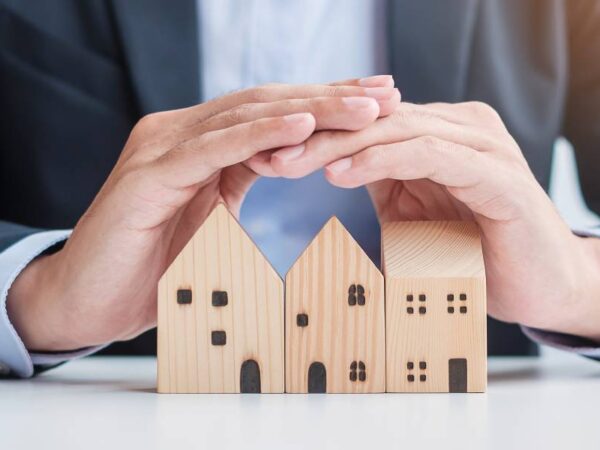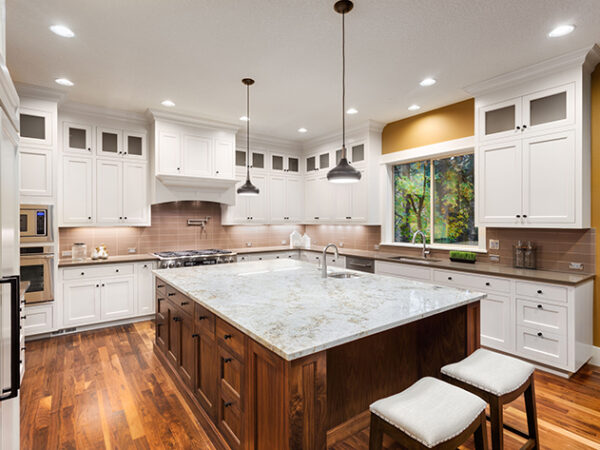There is an argument to be made that lighting, above all other interior design elements, is the most important element of a home’s interior design. Of course, this is not a reductive argument, one that suggests that no design could prosper in total darkness, instead, it is a stated case that to elevate not only our own wellbeing and the quality of chosen colour and decor, we must also always and importantly consider its relationship with light.
To demonstrate why this might very well be true, we are sharing four reasons that argue for the impact and importance and influence of lighting along with ideas of how to improve your home’s decor with a few minor changes.
Temperature
The sense of a room’s temperature can be influenced by light, even though it has no direct impact on the warmth or coldness of a living space. This is because the artificial lighting that we introduce into our homes has a colour. Bulbs will glow either warm or cool, imbuing a living space with the same associations.
As such, a room can be made to feel cooler with blueish lighting, ideal for utility spaces, such as kitchens, or warm, with a cosy orange glow, which is more appropriate for dining rooms and bedrooms.
Wellbeing
There are a number of reasons why being outdoors in nature is good for our mental and physical health, with one of the most well-understood being sunlight. The benefits of natural light are much the same when it is introduced into the home. Living spaces that are illuminated with sunlight support a healthier and regular circadian rhythm and even feel more spacious too.
Certain rooms, or exterior spaces, such as log cabins, can be designed specifically for an impression of natural light, creating a space that uplifts spirits and reduces stress. By doing so, residents are able to restore their well-being in a dedicated space of relaxation.
Statement Design
Lighting is also a tool to communicate or emphasise a design more effectively. Attention can be drawn to certain areas of a home or to highlight specific features and furniture. If this potential is considered, interior designers can improve their displays by changing the tone of colours, adding dimension to designs, and even creating the illusion of more or less space.
Strip lights and bulbs placed in creative locations can even change a design completely, such as those that are installed beneath furniture to create the illusion of floating assets.
Space Optimisation
Lighting can be controlled in a number of ways and homes need not rely on singular overhead light sources. Desk lamps, LED strips, and spotlights are just a few examples of sources that can completely change the practical utility of a space.
Kitchens, for example, can benefit from more discreet lighting beneath shelves and cupboards, allowing for improved visibility in previously shaded areas. Other rooms can benefit from tactical light placement too, especially those with areas that do not receive as much natural light.





